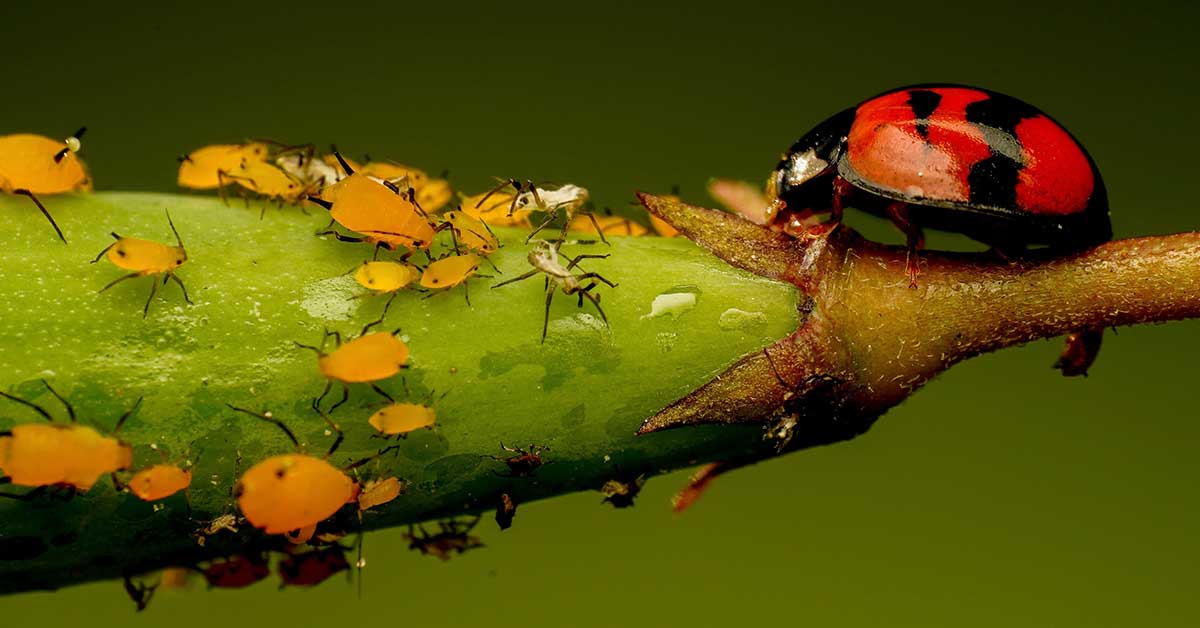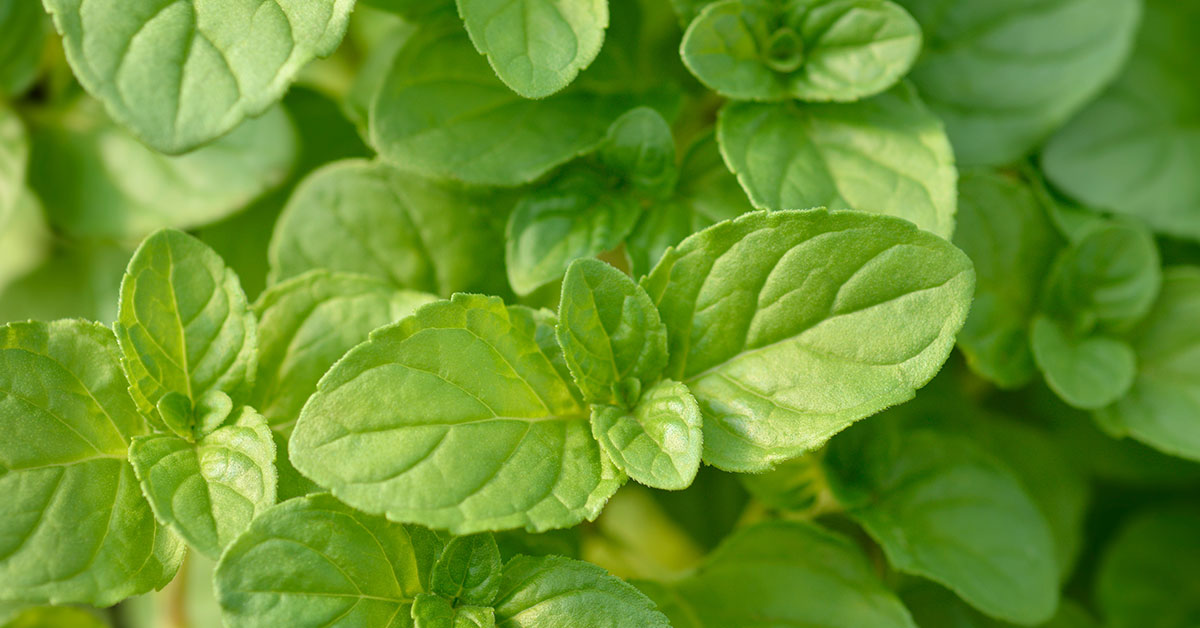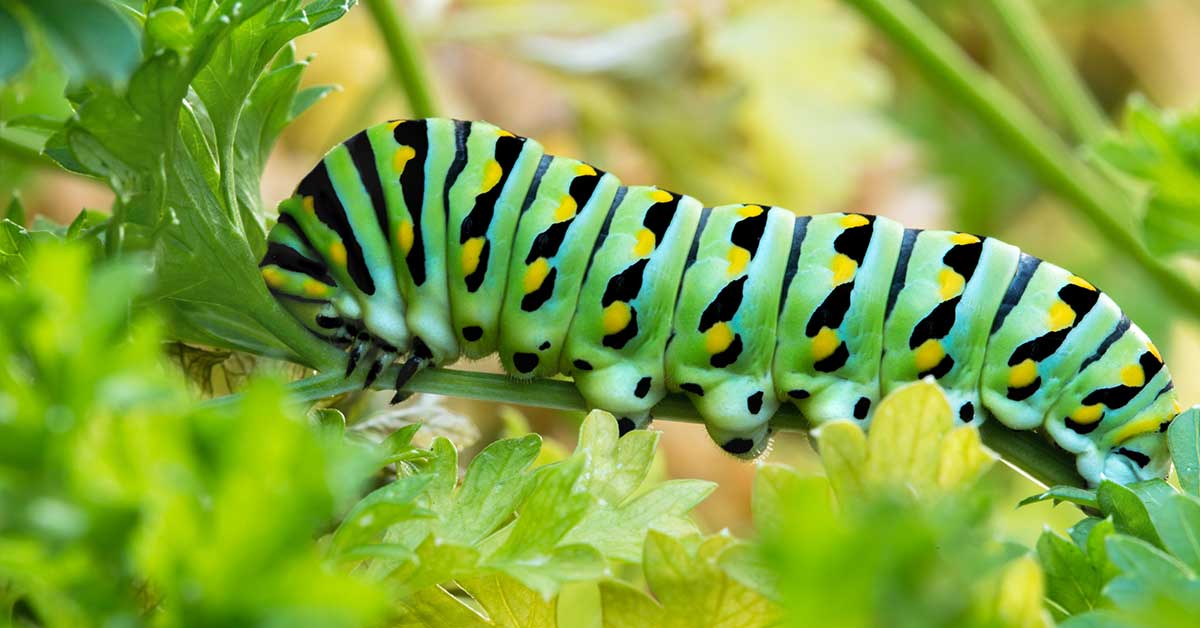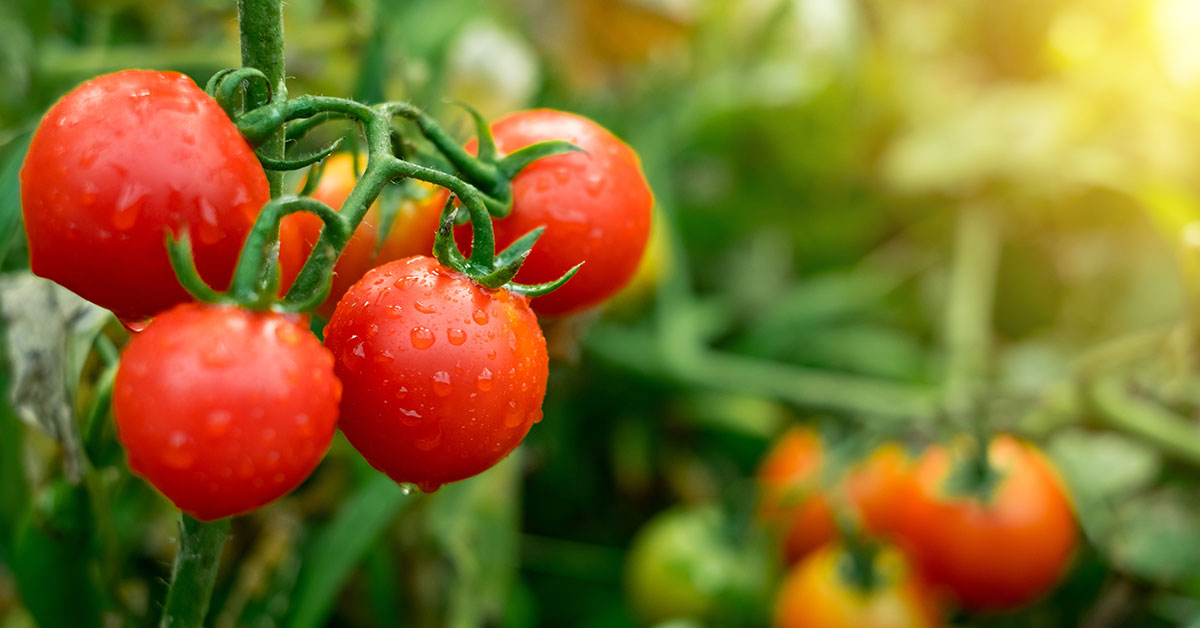These days, there is quite a bit of interest in saving the bees. People are rightly worried that, without native pollinators, we will find ourselves in a situation where pollinating the plants that produce our food will become next to impossible. They’re not wrong. Some 80% of the world’s plants require pollinators in order to reproduce. When it comes to saving the bees, though, most people think of the European honeybee – a common pollinator responsible for making the delicious honey we find in stores.
But European honeybees aren’t native most places. They are actually native to Asia and the Middle East and were dubbed the European honeybee because they were introduced to North America by European colonists. The consequences of the introduction of the European honeybee to North America have been extensive for native pollinators. Honeybees are potentially responsible for transmitting pathogens to local pollinators and are a huge source of competition for food.
Why are native pollinators important?

Why do native pollinators matter to an ecosystem? Does it really matter what bugs are pollinating? The Center for Biological Diversity describes the importance of pollinators well. Some plants have evolved to only be pollinated by one type of pollinator – not just any old bee will do. There are 20,000 species of bee on Earth – 4,000 of which live in North America. If we begin losing those species, we may see a cascading effect down the food chain, where suddenly certain plants aren’t able to be pollinated anymore and also go extinct without major human intervention.
Before we continue, let’s define what a pollinator is. A pollinator is literally anything that delivers pollen from the male part of a flower to the female part of another flower. Bees are pollinators, but so are some beetles. Hummingbirds can be pollinators as well. Even the wind, as it carries pollen around, can be considered a pollinator. Clearly, the wind doesn’t need any kind of protection from us, but we should all consider these other pollinators when we go about taking care of our gardens and properties. Here’s how you can help.
1. Learn about your local ecosystem

The whole idea behind supporting local pollinators is to ensure that a significant link in the local ecosystem is not lost. But to do that, it helps to understand exactly what native species populate your local ecosystem. Regional universities and colleges often extensively study and publish findings of native plants and animals. Having a good lay of the land, so to speak, will help you appropriately plan for different strategies you can deploy on your property that will support local pollinators. You wouldn’t want to, for example, plant flowers specifically for hummingbirds if there are no hummingbirds where you live, right?
2. Plant native flowers specifically for local pollinators
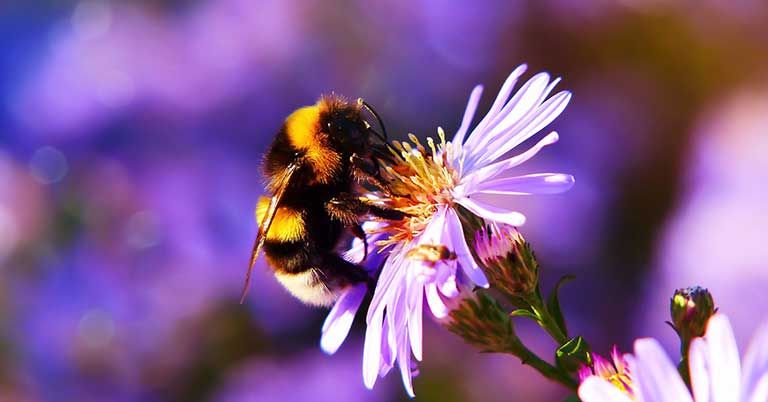
It can be pretty tempting to rush out to the local garden supply and pick up a bunch of flowers, but pause for a moment and consider where those flowers come from. If you live in New York, do you think native pollinators are adapted to flowers that originally hail from Asia? If you’re in the United Kingdom, does it make sense to plant flowers from Colorado?
Pollinators have had thousands of years to evolve with and adapt to the flowers that are native to your region. So before you drop a load of cash on flowers from the store, do a little bit of research about what the native pollinators near you are adapted to eating and try planting those flowers instead.
3. Plant native flowers that bloom at different times

Planting native flowers are great, but if you are landscaping with only flowers that bloom from June to July, you’re missing out on 6 months of pollinator feeding. It takes a little bit of research and a bit of work to do, but try planting flowers that bloom during different times of the year. Go for early bloomers to help pollinators as they wake from hibernation, and be sure to pick some plants that bloom through the fall too. This will attract them and keep them fed all year.
4. Eliminate pesticide use

Pesticides kill bugs, that much is clear. What isn’t always clear is that pesticides don’t just kill your least favorite insects. They kill indiscriminately. Spraying your lawn or garden with pesticides is a sure way to reduce the number of native pollinators on your property and in your region. Choose organic pest removal strategies instead of using pesticides.
5. Leave dead tree trunks
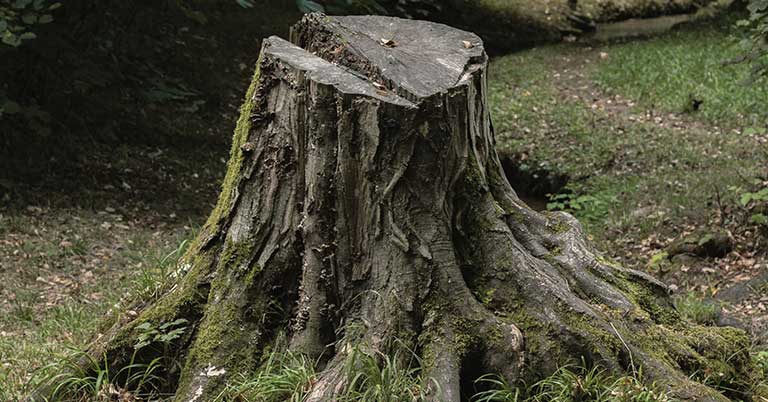
It’s always sad when a tree dies, but instead of grinding out the old tree trunk, consider leaving it to rot in the ground. An old, rotting tree trunk is both a home and nourishment to nearly countless species of insect, animal, fungus, and even other plants. They’re a haven for biodiversity on your property. As they break down, pollinators will often dig into them to build their nests. If you want more pollinators, leave your stumps alone!
6. Provide a water source
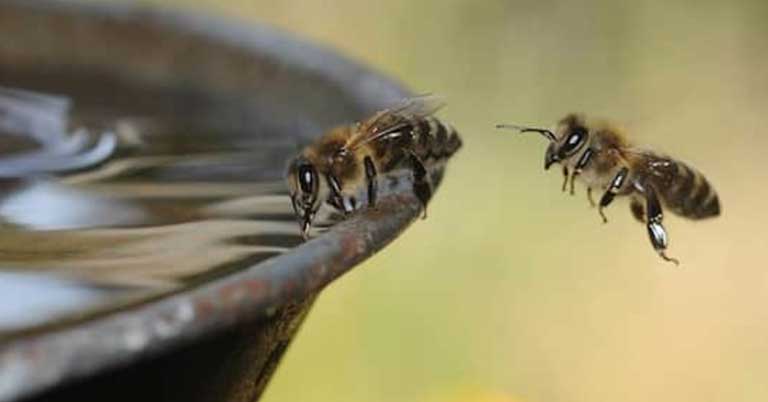
If it’s alive, it needs to drink water. That much is true for your native pollinators as well. Providing a consistent water source will help your pollinator friends survive and thrive. Just be careful that you don’t accidentally create a water source that downs them! Supplying them with rocks to land on will help prevent unwanted drownings. You can replace the water every few days to discourage mosquitoes, although you might be surprised to learn that mosquitoes are pollinators too!
7. Don’t rake your leaves

True story: if you don’t rake your leaves, nothing bad happens. They just decompose over the winter and turn to dirt. And while they decompose, they serve as important food and protection for pollinators, like bumblebees, over the winter. If you absolutely have to rake your leaves, consider leaving them in a pile somewhere in your yard so the insects who really need them can still use them.
8. Wait until late spring to clean out your garden
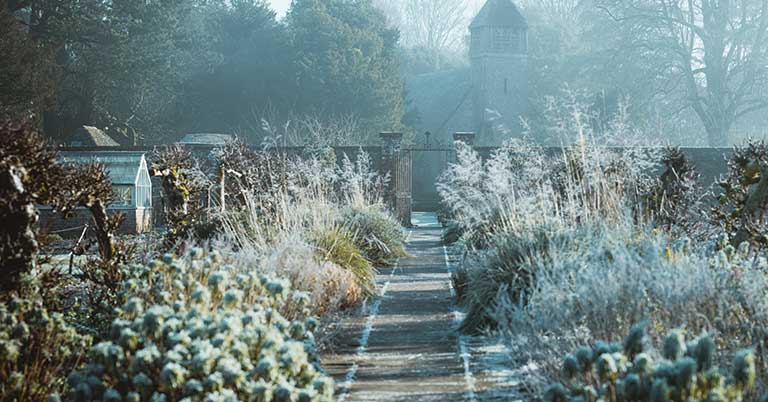
When your garden is done at the end of the year, it can be pretty tempting to get it all cleaned out and ready for the following winter. What you might not realize is that there are many insects, including native pollinators, that use your old garden plants during the winter. Hollow stalks, for example, can be used by carpenter bees as a nesting site during the winter. Bumblebees burrow under leaves to protect themselves during the winter as well. Consider waiting until very late in the spring, just before planting again, before you clear out last year’s garden.
9. Build a solitary bee house
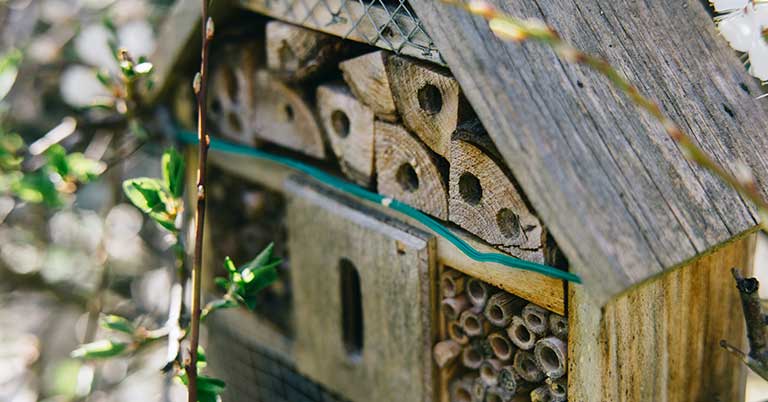
Building a solitary pollinator house, like the one at the top of this article, is another way to provide an important habitat to bees that don’t live in large hives, but rather live on their own. Similar to how the stalks of old, dead plants can create a tube for these pollinators, a solitary bee house usually contains a number of hollow, wooden tubes that the pollinators can build a nest in. It’s a perfect way to say thank you for all the work they do to pollinate the plants around us.
10. Encourage land conservation

Without large swaths of land protected from development, it seems like most of our pollinators won’t really stand a chance. Carving out large bits of land to conserve as natural, open spaces helps to protect the biodiversity of our area, wherever it is that we call home. When decisions are being made about whether or not to protect these spaces, encourage land conservation whenever you can.
Appreciate all native pollinators
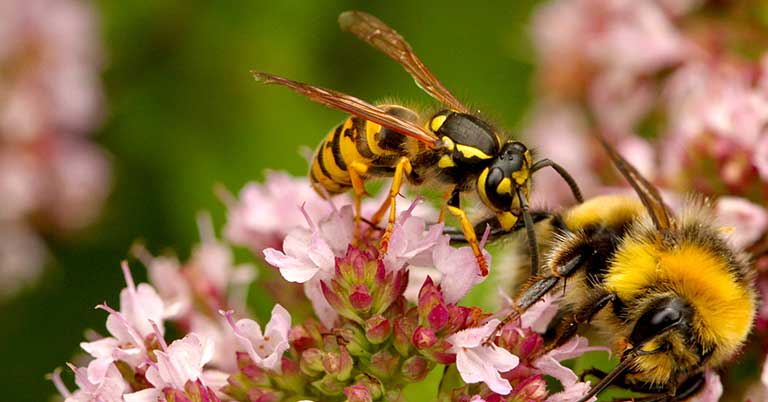
This is sometimes the hardest thing for people to do: just appreciate all of the native pollinators in your region. Some of your least favorite insects are pollinators, like flies, wasps, and even mosquitoes. It can be easy to pick and choose your favorite ones and ignore the rest, but recognize that a wide variety of insects and even animals help pollinate the plants that we enjoy and sometimes eat. Without them inhabiting our biosphere, life would be much more difficult.







